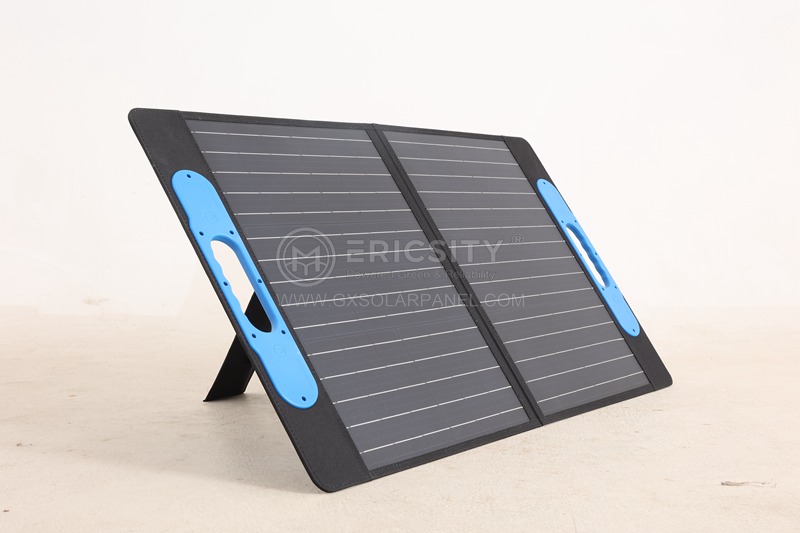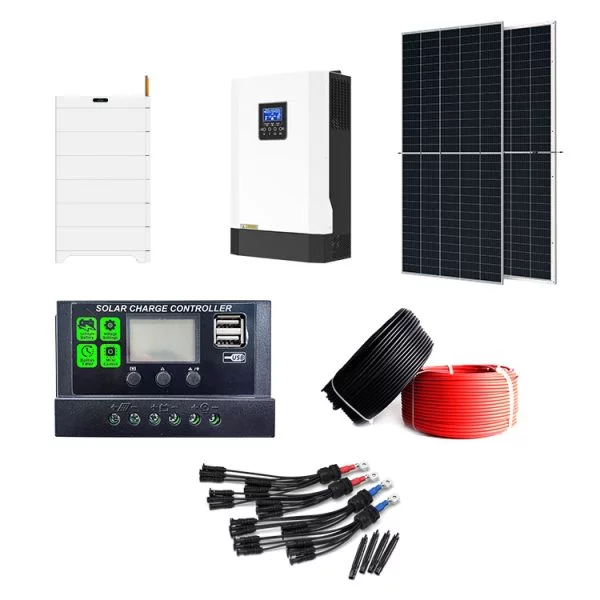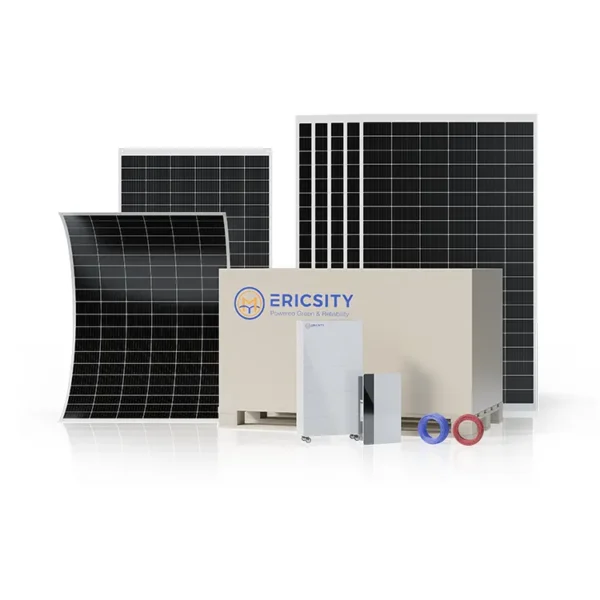HOT PRODUCT
Product Details
black Flexible Solar Panels: Net-zero Energy And Sustainable Living
Title: Black Flexible Solar Panels: Net-zero Energy and Sustainable Living
Introduction (60 words):
In the quest for sustainable living, harnessing solar energy has emerged as a promising solution. The development of increasingly efficient solar panels has revolutionized the renewable energy landscape. Among the latest advancements are black flexible solar panels, offering an innovative and versatile approach to making our homes and businesses more sustainable. This article explores the benefits and applications of black flexible solar panels in achieving net-zero energy consumption and promoting sustainable living.
1. Understanding Black Flexible Solar Panels (100 words):
Black flexible solar panels, also known as thin-film solar panels, are lightweight and flexible solar modules that utilize advanced photovoltaic technology. Unlike traditional rigid solar panels, these panels use a thin semiconductor material, such as amorphous silicon or cadmium telluride, to convert sunlight into electricity. The black coloration enhances their aesthetics, making them suitable for various integration options, both on and off-grid. Furthermore, their flexibility allows for installation on irregular, curved surfaces, such as roofs, facades, vehicles, and even wearables, enabling their integration in innovative ways.

2. Enhanced Efficiency and Performance (100 words):
Although black flexible solar panels tend to have lower efficiency compared to conventional solar panels, they offer distinct advantages. The low light performance of thin-film technology allows these panels to work effectively in cloudy or shaded areas where conventional solar panels may struggle. Moreover, their flexibility enhances their performance in scenarios involving slight bending or turbulent environments. As technology continues to advance, the energy conversion efficiency of black flexible solar panels is anticipated to improve, making them even more appealing for various applications.
3. Versatility of Applications (100 words):
The adaptability of black flexible solar panels enables their integration in a wide range of applications. In buildings, the panels can be installed directly onto roofs, facades, or windows, seamlessly blending with architectural designs. On vehicles, they can be incorporated onto car roofs, electric bikes, boats, and even airplanes, enabling on-the-go charging. Additionally, black flexible solar panels can be embedded into backpacks, smartphone cases, or wearable garments, allowing individuals to generate renewable energy on the move. This versatility opens up numerous possibilities for reducing our reliance on non-renewable energy sources in everyday life.
4. Advantages for Net-zero Energy Buildings (120 words):
The use of black flexible solar panels plays a crucial role in achieving net-zero energy buildings, where the energy consumed is entirely offset by renewable energy production. The lightweight nature and flexible installation method enable these panels to be easily retrofitted onto existing structures, thereby increasing their energy efficiency. Additionally, when integrated with energy storage systems, excess energy generated during the day can be stored for nighttime or cloudy periods, ensuring a consistent power supply. By harnessing solar power, net-zero energy buildings significantly reduce greenhouse gas emissions and contribute to a greener future.

5. Conclusion (70 words):
Black flexible solar panels represent a significant step forward in sustainable living. Their unique attributes, such as flexibility, adaptability, and aesthetics, make them highly appealing for various applications. As technology continues to advance, the efficiency of these panels will improve, further increasing their potential. By integrating black flexible solar panels into our daily lives, we can move towards net-zero energy consumption, mitigate climate change, and foster a more sustainable world for future generations.
Word Count: 650 words




